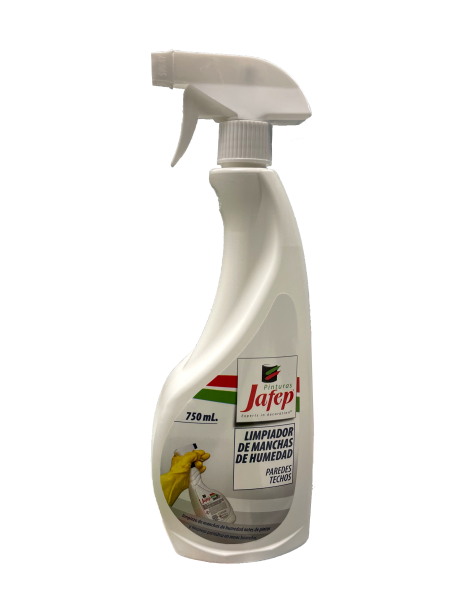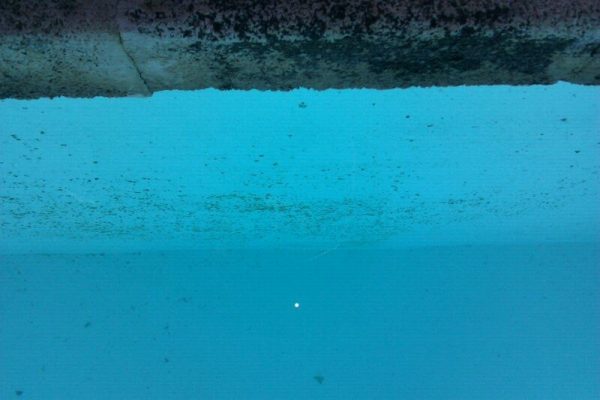Summer is here and with all our illusion we paint our pool, fill it with water and enjoy. But in a few days we begin to see how mold and algae begin to proliferate. Likewise, we start to see the blisters that every year disfigure the edge of our pristine pools. On top of that, our children, nephews, etc, can’t avoid breaking those blisters exposing the paint of the previous years and provoking the anger of the displeased owners. How do we avoid the premature appearance of algae and the formation of blisters in our swimming pool? What swimming pool paint do we apply? How do we prepare the support?
Our technical department has prepared a series of tips to make our painting the envy of all.
Blisters: poor waterproofing of the mortar.
First it is important to identify if the cement or concrete of our pool is properly waterproofed. The most obvious sign of this lack of waterproofing is the appearance of the dreaded blisters.

To solve this problem we should follow the steps below:

1.- Completely remove all previous paint to leave it in its initial state. For this we recommend contacting a professional who uses“Sandblasting” for the total stripping of the paint layers.
2.- Clean the substrate with Jafep Mold Cleaner to prevent the appearance of algae and other organisms.
3.- Apply a layer of mortar (cement) additive with Jafecol, which will finish with the filtrations in any sense (Interior to the Exterior and vice versa) of our swimming pool.

The premature appearance of algae
If we are repainting our pool after the winter and we want to avoid the rapid appearance of mold on the walls of the pool:
1.- We will remove the paint that is in bad condition.
2.- In areas where we have had mold in the past, we will use our Jafep Mold Cleaner to remove any remnants from the previous year. It will not be enough to remove it with a scouring pad or other abrasive, as the mold will come back.
3.- Of course, treat the water of our swimming pools correctly, following the recommendations of the manufacturers of products for swimming pools avoiding to add more additives than necessary.

What to choose: Water-based pool paint or chlorinated rubber pool paint.
The first recommendation is certainly that chlorinated rubber pool paint should only be applied by professionals wearing proper eye and respiratory protection.
Otherwise, either of the two paints is perfectly suitable for any concrete or cement pool, presenting practically the same characteristics. In recent years, the technology of water-based paints has advanced to the point of achieving the same or better performance than solvent-based paints.
Perhaps, the painting of swimming pools to the water presents more advantages for its cleanliness and for being less harmful, besides having a faster drying for the repainting.
Final recommendations
Finally, we would like to give a series of tips that can be found in any case in the information on the packaging:
– Surfaces must be cement or concrete, and must be fully cured.
– Surfaces with old, poor quality or badly adhered paint must be completely removed.
-It is recommended to let at least 15 days elapse before filling the pool.

